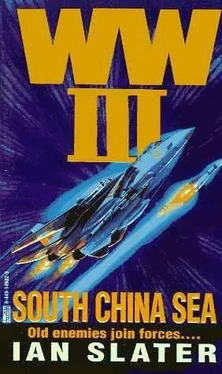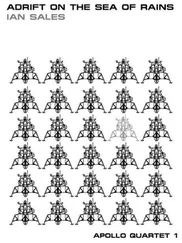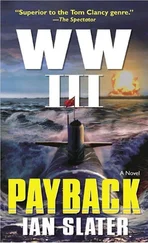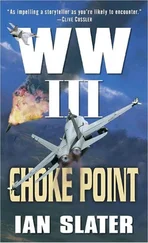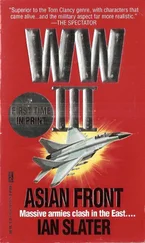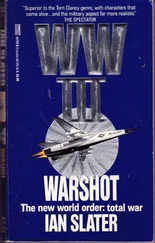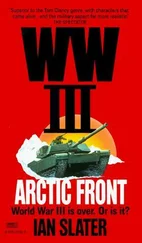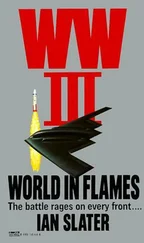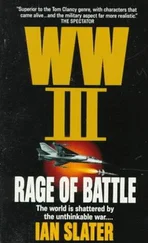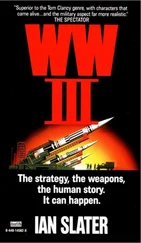Suddenly the President of the United States and his advisers, with help from the State Department’s China and Vietnam desks, realized an uncomfortable truth — the island dispute was centuries old, “like a fight between neighbors — the Hatfields and McCoys,” the President realized. Who had actually attacked whom was, in the final analysis, irrelevant. What was relevant was that the Chinese claim to own all the islands in the South China Sea was preposterous by any measure, and with the Chinese and Vietnamese on the brink of all-out war, the only consideration was how to stop it before it became general war in the Asian region. Because of this clear and present danger, and the catastrophic effect it would have on the U.S. trade-driven economy, the U.S. might have to intervene, albeit under the auspices of the U.N.
* * *
The Chinese attack south on Dong Dang with two divisions was led by General Wei. The other prong — an attack of one division, thirteen thousand men, on Lang Son — was led by General Wang. The assault on Dong Dang was made up almost exclusively of infantry brigades with one armored division leading the thrust south down the Pingxiang-Dong Dang road and railway. The road ran more or less parallel with the rail tracks, allowing Wei to move twice as many troops as would have been the norm on the road alone. Once Dong Dang fell, it was hoped by Wei that Wang’s forces on his left flank coming down east of him from Zhilang in China to Lang Son in Vietnam, a distance of about thirty miles, would be able to quickly sever the rail line running south from Lang Son to Hanoi, eighty miles away, thus cutting off the rail line the Vietnamese Army would need to rush reinforcements to the north. But the Vietnamese Army, already having explosive charges set at Ban Re, seventy-three miles north of Hanoi, blew both the rail line and the road at Ban Re. This prevented the ChiComs from capitalizing on their sudden attack south of the border and halted General Wang’s troops before they could press the attack farther south toward Hanoi.
* * *
To the north of Ban Re, at Dong Dang, General Wei had better luck, being able to reach the Na Ann junction, thirteen miles west from Dong Dang. There, Wei’s infantry and armored battalion, equipped with T-59s — upgunned T-55s— managed to sever two roads, the one leading northwest from Na Ann junction to Quinh Son and Na Nien, the other running south to Phu Lang Thuong, thirty miles northeast of Hanoi, the Chinese-Vietnamese border itself barely a hundred miles from Hanoi.
The two prongs of this 41,000-strong Chinese pincer attack, however, were not so much strategic as tactical in design. The Chinese did not intend to stay, but merely to shell and destroy as much of Lang Son and Dong Dang as they could — as they had in 1979—and then withdraw. It was, in short, meant to be a military punishment for what the Chinese were calling “blatant unprecedented Vietnamese attacks” against the Chical drill ships in the Paracels and Spratlys. In any event, neither General Wei nor Wang wanted to penetrate much farther south. As it was, they lost over four hundred casualties to minefields the Vietnamese had laid down after China’s 1979 incursions.
Vietnamese forces, despite the fast Chinese attack, reacted swiftly. From the Vietnamese garrison at Na Sam, seven miles northwest of Dong Dang, and from Loc Binh, twelve miles southeast of Lang Son, a two-pronged counterattack was launched by four regular infantry divisions well seeded with “Viet Cong” veterans who as young men had fought in the south against the Americans during the Vietnam War. Wei’s and Wang’s forces, in danger of encirclement, began to withdraw, but by Day Four after the initial Chinese invasion, the Vietnamese troops had cut off the Chinese retreat from Na Ann and Lang Son. Only those ChiComs from Dong Dang were able to withdraw with only light casualties.
Beijing had only two options now: to give up those infantry battalions of Wei and Wang that had been surrounded and thus trapped by the Vietnamese regulars, or to send in more Chinese troops to release them, Beijing realizing that the defeat of their incursion would be a singular loss of face in a part of the world where “face,” and therefore the nation’s standing in Southeast Asia — indeed, throughout all Asia — was at stake. Accordingly, Beijing ordered an all-out invasion, not merely to rescue their embattled infantry divisions, but to widen the war and gain a buffer zone of territory, militarily shortening the distance between Hanoi and the old border from a hundred miles to something much closer. If this was achieved, then in the future any Vietnamese hostility aimed at China could be quickly punished by massive retaliation against what was hoped would be a much closer target, namely Hanoi, which might in turn be ringed by Chinese-planted minefields and surface-to-surface missile batteries.
Meanwhile, the Vietnamese raced to reinforce the border zone between and around Dong Dang and Lang Son.
Ellman told everyone in the Oval Office that the last thing they needed was indecision based on a lack of coherent foreign policy “which we inherited from the previous administration. We have to avoid giving mixed signals, a foreign policy that’s cut from the cloth of the moment, an ad hoc way of proceeding which will make the U.S. look indecisive and weak — visionless. This would have adverse effects for us all over the world — trade deals suddenly put on hold, et cetera. And an overseas lack of confidence would have a direct effect on the dollar and so on, so that pretty soon we’d see a domestic downturn in the economy, the direct result of those overseas having lost confidence in a firm American position. You can bet your life that all the major oil companies and the subsidiaries which form their infrastructure, et cetera, are watching what we do over these attacks in the South China Sea.”
Noyer cut in. “Ellman is absolutely correct. Whoever started this row wouldn’t have dared to stir up trouble were it not for our hitherto wishy-washy foreign policy. The Chinese saw what we didn’t do in Yugoslavia — not what little we did in Haiti — and why shouldn’t they risk it? They can always pull back, though I don’t think they will unless forced to — loss of face, you see.”
“Yet,” the President said, “can you imagine the response if I were to go on TV and announce that we are unilaterally going in to support the Vietnamese — the Communist Vietnamese?”
“You could limit the support, Mr. President,” Ellman charged, “by providing what the Vietnamese need most — air support. Limit our action to sending in a carrier battle group to operate from the South China Sea.”
“And the Chinese air force?” the President asked.
“Minimum threat to our battle group,” Reese said. “I’m not saying it’d be plain sailing, and the Chinese do have some squadrons of Fulcrums. MiG-29s. We’d lose some of our aircraft, but we’d beat them — no question.”
The President was looking intently at the CNO as if he wanted more. “What about their submarines?”
“A bit dicey,” Reese replied. “They don’t have anything like our capacity, but some of their seventy-four diesels — whose props are superanticavitation-treated due to that bastard Walker selling us out — could sit still and it’d be hard to find them.”
“Yes, but they’d have to come up sooner or later, Admiral.”
“Yes, sir, but almost certainly at night.” The admiral could see the lines of consternation on the President’s face. “I don’t think there’d be any problem in the end, Mr. President,” he added. “I just want you to know that the opposition might have a trick or two up their sleeve that we don’t know about, that’s all.”
Читать дальше
